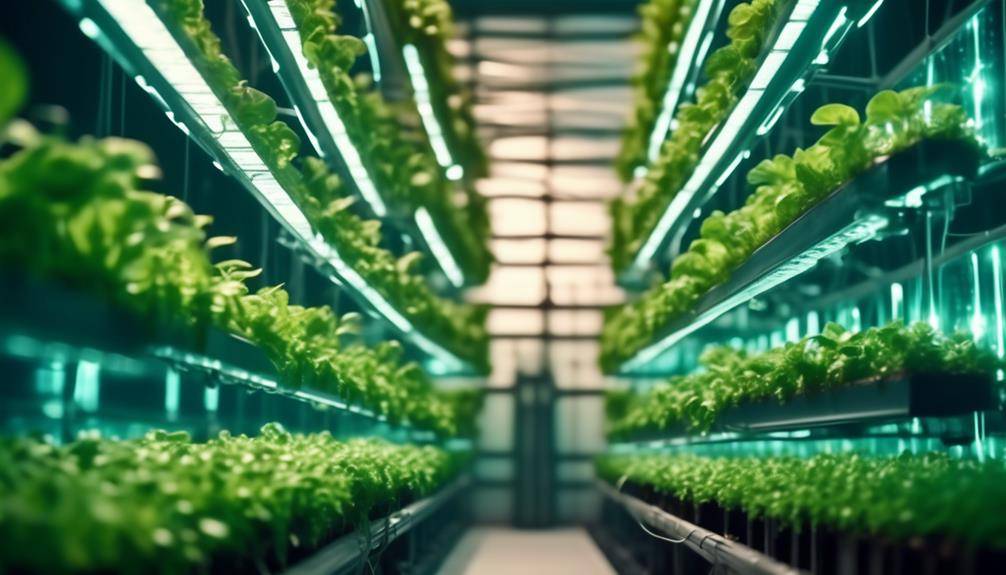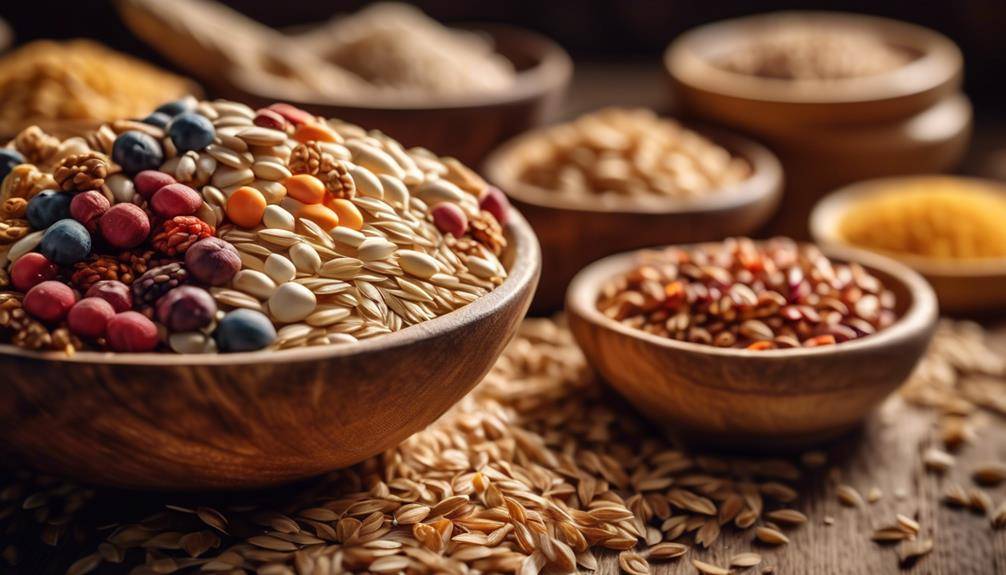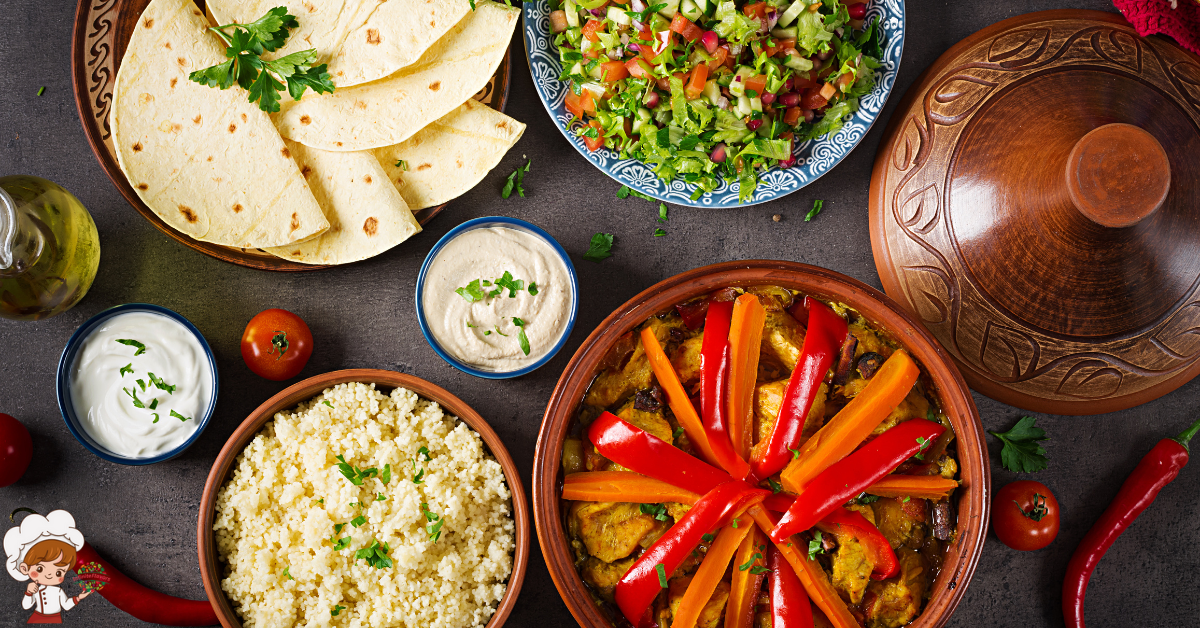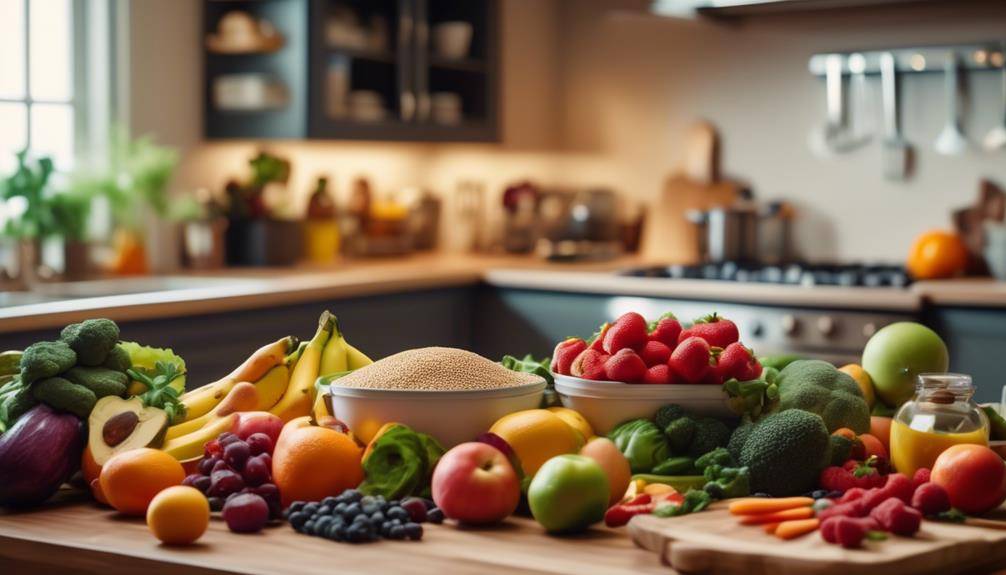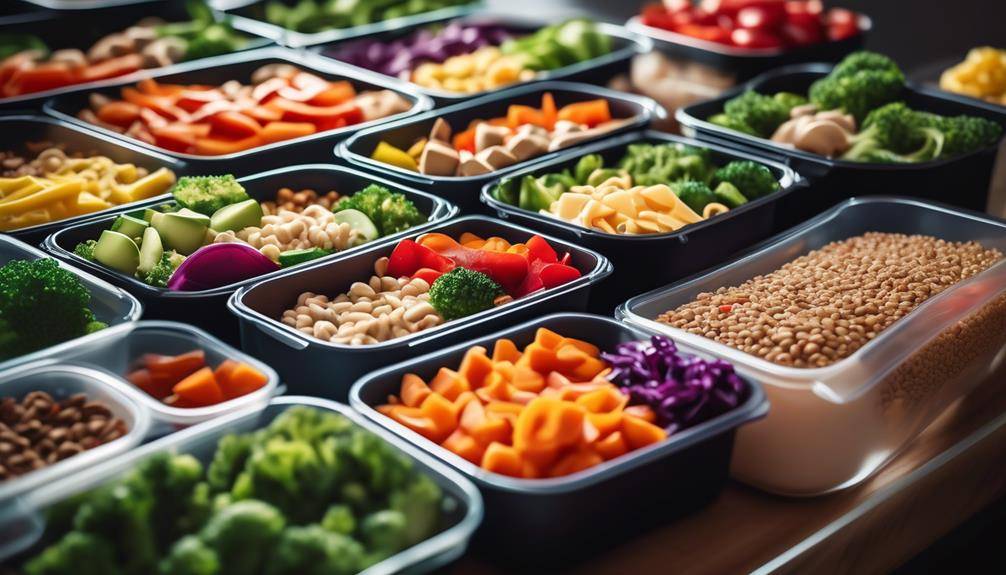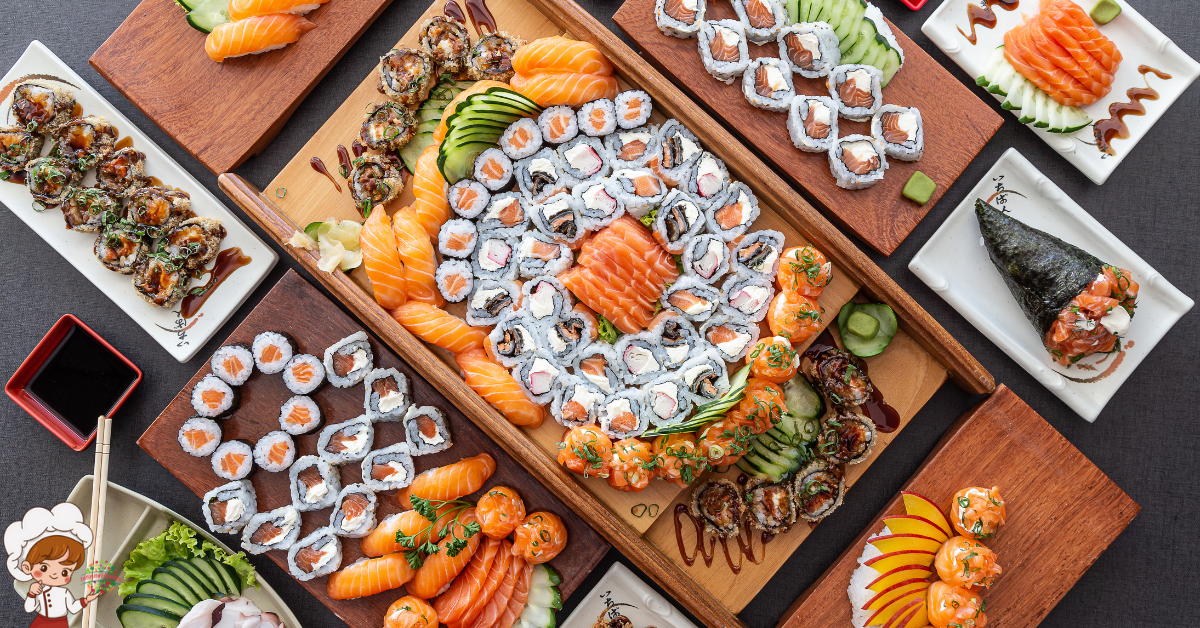Unveiling Pastry Chef’s Baking Secrets For Perfection
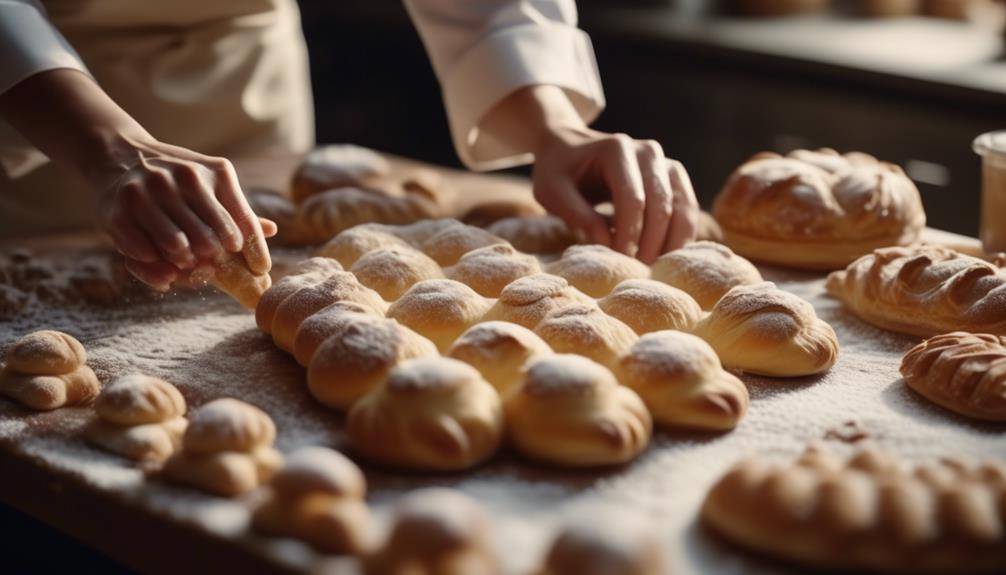
Pastry Chef’s Baking Secrets; Do you dream of creating pastries so divine, they transport you to a world of pure indulgence? Well, get ready to have your taste buds tantalized and your baking skills taken to new heights. In this discussion, we will unveil the closely guarded secrets of pastry chefs, revealing the techniques and tricks that ensure perfection in every bite. From mastering the art of dough to unlocking the magic of chocolate, prepare to embark on a culinary journey that will leave you craving for more. So, are you ready to discover the hidden gems of the baking world?
Mastering the Art of Dough
To master the art of dough, you must knead with intention, allowing your hands to guide the transformation of humble ingredients into a perfect canvas for culinary creations. Dough kneading is a fundamental step in the baking process, where you combine flour, water, yeast, and other ingredients to create a cohesive and elastic mixture. The act of kneading involves folding, pressing, and stretching the dough to develop its gluten structure, which gives bread its characteristic chewiness and texture.
When you first start kneading, the dough may feel sticky and unruly, but as you work it with your hands, you will notice a change. The gluten strands begin to align and strengthen, creating a smooth and supple dough that is ready for fermentation. As you knead, you will feel the dough become more elastic and responsive, a sign that the gluten is developing properly.
The process of yeast fermentation is crucial for achieving a light and airy texture in baked goods. As the dough rests, the yeast feeds on the sugars present in the mixture, producing carbon dioxide gas. This gas gets trapped in the gluten matrix, causing the dough to rise. The longer you allow the dough to ferment, the more complex and flavorful the final product will be.
To ensure successful fermentation, it is important to knead the dough thoroughly. This not only helps distribute the yeast evenly but also encourages the development of gluten, which enhances the texture and structure of the bread. Through the rhythmic motion of kneading, you are actively participating in the transformation of simple ingredients into a masterpiece of flavor and texture. So, embrace the process, knead with intention, and let your hands guide you towards dough mastery.
Essential Techniques for Flaky Pastry
Ready to take your pastry game to the next level? Let’s explore three essential techniques that will elevate your flaky pastry to perfection. First, master the proper chilling technique to ensure your dough stays firm and easy to work with. Next, consider the butter versus shortening debate and discover which one gives you the flakiest results. Lastly, learn the importance of layering your pastry to create those irresistible, buttery pockets that make every bite heavenly. Get ready to unlock the secrets to flaky pastry success!
Proper Chilling Technique
Achieving the perfect flaky pastry starts with mastering the art of proper chilling. To prevent the dough from overworking and ensure a light and delicate texture, follow these proper chilling techniques:
- Refrigerate the dough: After mixing the ingredients, wrap the dough tightly in plastic wrap and refrigerate it for at least 30 minutes. This allows the gluten to relax and prevents the dough from becoming tough.
- Use a cold surface: Roll out the dough on a chilled surface, such as a marble countertop or a baking sheet placed in the refrigerator. The cold surface helps keep the butter in the dough from melting too quickly, resulting in a flakier crust.
- Chill the rolled-out dough: Once the dough is rolled out to the desired thickness, transfer it to a baking sheet and refrigerate it for another 15-30 minutes. This step ensures that the dough maintains its shape and prevents shrinking during baking.
- Freeze before baking: For even better results, freeze the shaped dough before baking. Freezing solidifies the butter in the dough, creating pockets of steam during baking, which leads to a flakier pastry.
Butter Versus Shortening
After mastering the art of proper chilling, it’s time to explore the crucial decision of using butter versus shortening for creating the perfect flaky pastry. Butter, with its rich and creamy flavor, has long been the go-to choice for pastry chefs. However, there are some great butter alternatives available that can yield equally delicious results. Shortening, for example, is a popular choice due to its high melting point, which helps create a flakier texture.
Additionally, shortening has the health benefit of being trans fat-free, making it a healthier option for those conscious about their diet. While butter adds a distinct flavor and aroma to pastries, shortening provides a neutral taste that allows other ingredients to shine. Ultimately, the decision between butter and shortening depends on personal preference and the desired outcome of the pastry.
Importance of Layering
To achieve the flakiest pastry perfection, mastering the technique of layering is absolutely essential. Layering is the process of creating multiple thin layers of dough and fat, which results in a delicate and airy texture. Here are some tips for creating texture through layering:
- Roll out the dough evenly: Make sure the dough is rolled out to an even thickness, as this ensures consistent layers throughout the pastry.
- Keep the fat cold: Cold fat, such as butter or shortening, creates pockets of steam during baking, which helps to separate the layers and create flakiness.
- Fold the dough: After rolling out the dough, fold it in half or thirds, and then roll it out again. This folding and rolling process creates even more layers in the pastry.
- Repeat the process: For the flakiest results, repeat the folding and rolling process at least three to four times. Each time you fold and roll, you are adding more layers and increasing the flakiness of the pastry.
The Secret to Perfecting Cake Batter
Ready to elevate your cake baking skills to a whole new level? Then it’s time to uncover the secret to perfecting cake batter. Get ready to learn the mixing techniques that will give you a smooth and velvety batter, as well as the essential ingredients that will ensure your cakes turn out moist and delicious every single time. So, grab your mixing bowl and let’s get started on creating cake perfection.
Mixing Techniques for Smooth Batter
For the smoothest cake batter that will leave your taste buds dancing with delight, master the art of mixing techniques. Here are four essential techniques to achieve the perfect batter consistency:
- Creaming: Start by beating together the butter and sugar until light and fluffy. This process incorporates air into the batter, resulting in a tender and moist cake.
- Folding: When adding dry ingredients to the wet mixture, gently fold them in using a spatula. This technique prevents overmixing and ensures a light and airy texture.
- Gradual Addition: Instead of adding all the dry ingredients at once, add them in small increments. This allows for better control over the batter’s consistency and prevents clumps from forming.
- Scraping the Bowl: Throughout the mixing process, remember to scrape the sides and bottom of the bowl. This ensures all the ingredients are fully incorporated, resulting in a smooth and even batter.
Essential Ingredients for Moist Cake
When it comes to creating the most moist and delectable cake batter, there are a few essential ingredients that hold the key to perfection. To achieve a light and fluffy texture in your cakes, consider using ingredients like buttermilk, sour cream, or yogurt. These dairy products add moisture and acidity, which help to activate the leavening agents and create a tender crumb.
Another essential ingredient is oil, which adds richness and keeps the cake moist even after baking. You can also enhance the flavor profile of your cakes by incorporating ingredients like vanilla extract, almond extract, or citrus zest. These ingredients add depth and complexity to your cakes, making them irresistibly delicious. So, don’t forget to include these essential ingredients in your cake batter for the most moist and flavorful results.
Elevating Your Frosting and Icing Skills
To take your baking skills to new heights, master the art of frosting and icing with these expert techniques. Elevating your frosting and icing skills will not only make your baked goods look more visually appealing but also add an extra layer of flavor and texture. Here are four expert tips to help you achieve perfection:
- Exploring new flavor combinations: Don’t be afraid to experiment with different flavors in your frostings and icings. Add a hint of citrus zest to your buttercream for a refreshing twist or incorporate a touch of espresso powder into your chocolate ganache for a rich and bold flavor. The possibilities are endless, so let your creativity soar!
- Adding texture to your frostings and icings: Smooth and creamy frostings are undoubtedly delicious, but adding some texture can take your creations to the next level. Try incorporating crushed nuts, shredded coconut, or even mini chocolate chips into your frostings for a delightful crunch that will surprise and delight your taste buds.
- Mastering the art of piping: Piping is a skill that can transform your baked goods into stunning works of art. Invest in a set of quality piping tips and practice different designs, from simple rosettes to intricate lace patterns. With a steady hand and a bit of practice, you’ll be able to create beautifully decorated cakes and cupcakes that are sure to impress.
- Experimenting with different techniques: There are various techniques you can use to create unique and eye-catching frosting designs. Try your hand at ombré frosting by gradually adding food coloring to your buttercream, or experiment with the trendy drip technique by drizzling ganache or glaze over the edges of your cakes. These techniques will add a touch of elegance and sophistication to your creations.
Achieving the Perfect Balance of Sweet and Savory
Achieving the perfect balance of sweet and savory in your baked goods requires a delicate dance of flavors that will tantalize your taste buds. Balancing flavors is an art form that can take your baking from good to exceptional. It’s all about finding the perfect combination of sweet and savory elements that complement each other and create a harmonious flavor profile.
When it comes to balancing flavors, don’t be afraid to think outside the box and explore creative flavor pairings. By combining unique and unexpected ingredients, you can create a truly memorable culinary experience. For example, adding a hint of sea salt to your chocolate chip cookies can elevate the sweetness and bring out the rich, buttery flavors. Or why not try incorporating herbs like rosemary or thyme into your pie crust to add a savory twist to your sweet fruit fillings?
Experimenting with different flavor combinations is the key to achieving that perfect balance. Consider incorporating ingredients like caramelized onions, bacon, or even cheese into your baked goods. These ingredients can add depth and complexity to your desserts, creating a delightful contrast between sweet and savory.
Unleashing the Magic of Chocolate in Baking
Unleash the irresistible allure of chocolate and elevate your baking to new heights of indulgence. Chocolate is a magical ingredient that can turn any dessert into a decadent masterpiece. Here are four ways to unlock the full potential of chocolate in your baking:
- Infusing flavors: The art of adding unique tastes to chocolate desserts
Take your chocolate creations to the next level by infusing them with exciting flavors. Add a hint of orange zest for a citrusy twist or sprinkle in some coffee grounds to enhance the richness of the chocolate. Experiment with spices like cinnamon or cardamom to create a tantalizing blend of flavors that will leave your taste buds wanting more.
- Healthier alternatives: Exploring options for low sugar chocolate baking
Indulging in chocolate doesn’t have to mean sacrificing your health. Explore healthier alternatives by using low sugar or sugar-free chocolate in your baking. Stevia or monk fruit sweeteners can be used as a substitute for sugar, allowing you to enjoy the rich taste of chocolate without the guilt. You can also experiment with using unsweetened cocoa powder or dark chocolate with a high percentage of cocoa to reduce the overall sugar content in your desserts.
- Texture play: Incorporating different forms of chocolate
Don’t limit yourself to just one form of chocolate. Experiment with using different types, such as chocolate chips, cocoa powder, or chocolate chunks, to add layers of texture to your baked goods. The combination of smooth, creamy chocolate and crunchy bits will create a delightful contrast that will keep your taste buds entertained.
- Garnishing with finesse: Adding the finishing touch
Give your chocolate creations a touch of elegance by garnishing them with finesse. Sprinkle some shaved chocolate on top of a cake or drizzle a luscious chocolate ganache over cupcakes. Decorate your desserts with fresh berries, edible flowers, or a dusting of powdered sugar for a visually stunning presentation that will make your baked goods truly irresistible.
Exploring the World of Artisan Bread Making
Step into the captivating world of artisan bread making and discover the secrets to creating delectable loaves that will transport you to a bakery in the heart of Europe. As you delve into the art of crafting artisan bread, you will encounter a variety of shaping techniques that add both visual appeal and texture to your creations. From the classic baguette with its long, slender shape, to the rustic round loaf with its perfectly scored surface, each shape tells a story of tradition and craftsmanship.
Experimenting with different types of bread yeast is another exciting aspect of artisan bread making. Traditional yeasts such as active dry yeast and instant yeast are widely used and readily available. However, if you’re looking to explore new flavors and expand your baking repertoire, you can venture into the world of wild yeast. Sourdough starters, made by capturing wild yeast from the environment, offer a unique tangy flavor and a chewy texture to your loaves. This ancient method of bread making requires patience and practice, but the results are truly worth it.
As you shape and proof your dough, you will witness the transformation from a sticky, formless mass to a beautifully risen loaf. The process of shaping the dough not only affects its appearance but also its final texture. Techniques such as rolling, folding, and braiding add depth and character to your bread, creating a delightful contrast between the crust and the soft, airy interior.
Exploring the world of artisan bread making is a journey of discovery and creativity. With each loaf, you will uncover the secrets of shaping techniques and different types of bread yeast, unlocking a world of possibilities. So, step into your kitchen and let the captivating world of artisan bread making take you on a culinary adventure like no other.
Transforming Simple Ingredients Into Exquisite Desserts
Get ready to embark on a mouthwatering journey as we transform ordinary ingredients into extraordinary desserts that will tantalize your taste buds. With the right baking techniques and flavor pairings, you can create desserts that are not only delicious but also visually stunning. Here are four ways to elevate your desserts to the next level:
- Infuse flavors: Experiment with different flavor combinations to add depth and complexity to your desserts. For example, pair the richness of dark chocolate with the tartness of raspberries for a decadent and tangy dessert. Or try combining the nuttiness of almonds with the sweetness of cherries for a delightful contrast of flavors.
- Play with textures: Incorporate different textures into your desserts to create a more interesting eating experience. For instance, add a crunchy element like toasted nuts or a crispy caramelized topping to a creamy dessert like panna cotta. The contrast of textures will make each bite more enjoyable.
- Use seasonal ingredients: Take advantage of the flavors that are in season to create desserts that are fresh and vibrant. Use juicy peaches in the summer for a refreshing dessert, or incorporate warm spices like cinnamon and nutmeg in the fall for a cozy treat. By using seasonal ingredients, you not only enhance the flavor of your desserts but also support local farmers.
- Presentation matters: Don’t underestimate the power of a beautifully plated dessert. Take the time to arrange your dessert in an appealing and artistic way. Use edible flowers, fresh fruits, or a dusting of powdered sugar to add an extra touch of elegance to your creation.
Pastry Chef’s Baking Secrets; Frequently Asked Questions
How Many Different Types of Dough Can a Pastry Chef Master?
You can master a variety of dough as a pastry chef. From buttery puff pastry to delicate choux pastry, each requires specific techniques for creating a light and flaky crust.
What Is the Best Technique for Creating a Light and Flaky Pastry Crust?
To achieve a flaky pie crust every time, the secret is in the technique. Start by combining cold butter with flour, then gently incorporate cold water. Keep everything chilled and handle the dough lightly for a light and airy pastry crust.
How Can I Prevent My Cake Batter From Becoming Dense and Heavy?
To prevent dense and heavy cake batter, it’s crucial to follow a few key steps. First, ensure your ingredients are at room temperature. Second, beat your butter and sugar until light and fluffy. Lastly, gently fold in your dry ingredients to avoid overmixing.
What Are Some Advanced Frosting and Icing Techniques That Can Take My Desserts to the Next Level?
To take your desserts to the next level, try incorporating innovative flavor pairings and mastering advanced frosting and icing techniques. These decorating techniques will elevate your desserts and create a truly memorable culinary experience.
Can You Provide Any Tips for Incorporating Savory Elements Into Sweet Desserts?
You can take your sweet desserts to the next level by exploring savory sweet flavor combinations. Get creative and infuse herbs and spices into your treats for a unique and delicious twist.
Conclusion
Now that you’ve uncovered the secrets of a pastry chef, get ready to embark on a journey of baking perfection. With essential techniques for flaky pastry, perfecting cake batter, elevating your frosting skills, and exploring the magic of chocolate, you’ll be able to transform simple ingredients into exquisite desserts. Don’t forget to delve into the world of artisan bread making and achieve the perfect balance of sweet and savory. Get ready to wow everyone with your baking skills and create mouthwatering masterpieces.



